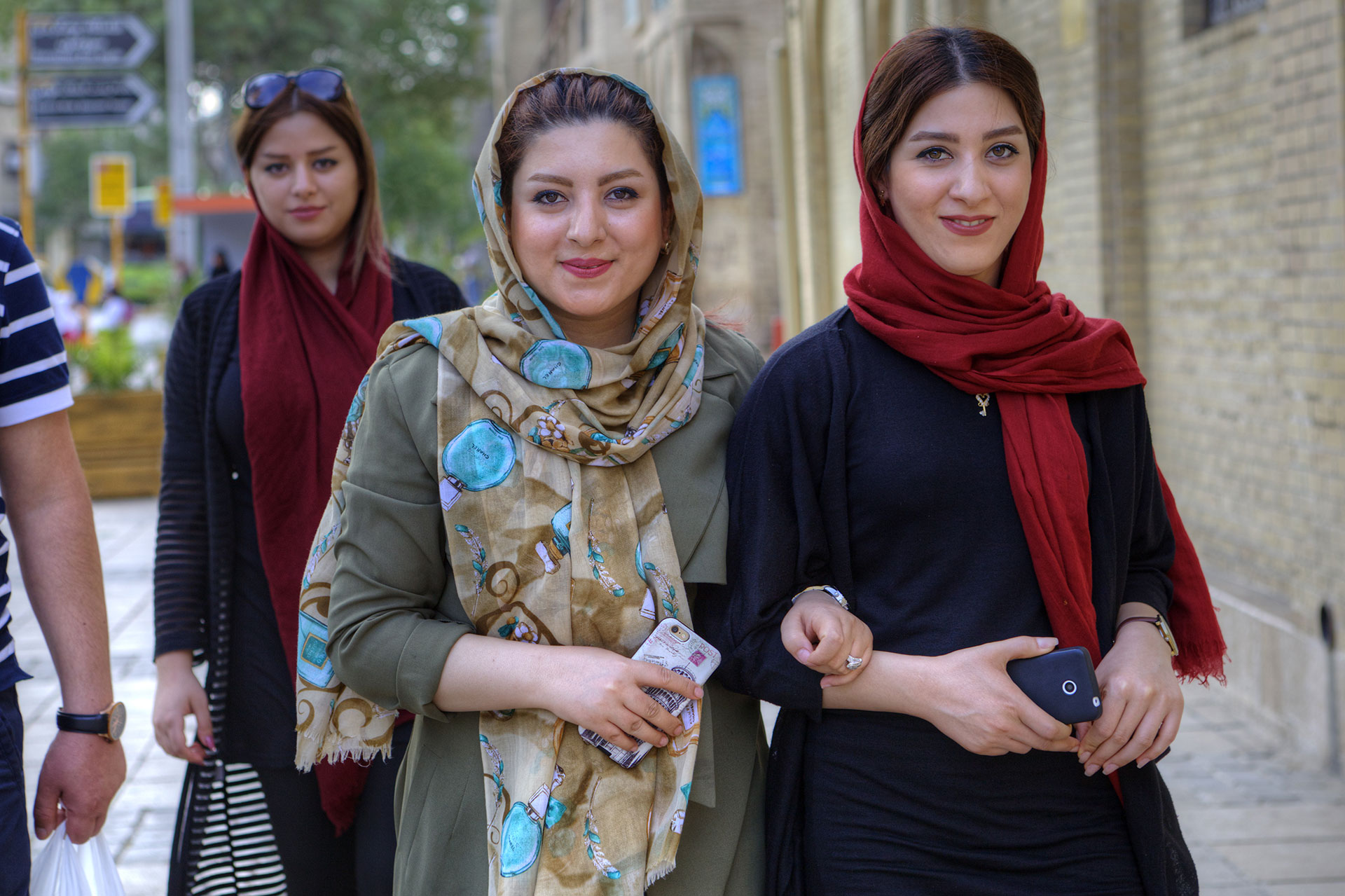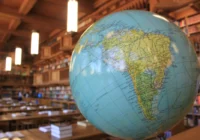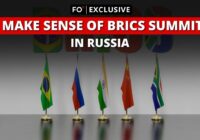We live in an age when some woke souls deem any generalization offensive. Naturally, they might get upset at this rude and crude generalization of Iranians. Suffice to say, not all Iranians get cosmetic surgery. In fact, two of my favorite students at the University of California, Berkeley who happened to be Iranian proudly informed me that they were completely organic and had been unaltered by cosmetic surgery. I assume that is the case for most Iranians.
Nevertheless, my brilliant students also informed me that cosmetic surgery in general and nose jobs in particular were the rage in Iran. Like South Korea and Brazil, Iran is one of the great centers of cosmetic surgery. Rhinoplasty, the technical term for nasal surgery or “nose job,” is extremely popular in Iran. In fact, so fixated are many Iranians with this surgery that the Persian “nose job” has entered the surgical lexicon.
A culture obsessed with beauty
Iran, also known as Persia in the past, is a culture that has long prized sophistication, courtesy and beauty. In fact, Encyclopedia Britannica tells us that Iran literally means the “Land of the Aryans” and the country adopted this name in 1935. This ideal of Aryan beauty—large eyes, symmetrical faces and beautifully shaped noses—runs strong in the culture.
Even though Iran is ruled by puritanical mullahs who do not allow women to reveal even their hair, the Iranian veneration for beauty continues. Those of us who grow up in India are sometimes indoctrinated from an early age about the legendary beauty of Iranian women. Shah Jahan, the Mughal emperor who ruled India from 1628 to 1658, built the Taj Mahal for Mumtaz Mahal.
Like many high fliers in the Mughal court, Mumtaz came from a family of Iranian/Persian origins. Note that Persian (Farsi) was the official language of North India from 1192 to 1858 when the British finally replaced it with English. In the heyday of Mughal rule, the icons of beauty were Persians like Nur Jahan and Mumtaz Mahal. Unsurprisingly, the Taj Mahal has been called “a marble tribute to a Persian princess.”
The Taj Mahal may be a thing of the past but Iranians still prize beauty. In 2013, The Guardian on Iran’s beauty obsession that feeds its voracious cosmetic surgery industry. Apparently, “a desire to gain a husband, western looks, or even clients are a few reasons why Iran has the world’s highest nose surgery rate.” Even men are getting nose jobs and plastic surgery now.
In a nutshell, nose jobs and cosmetic surgery thrives in Iran because people want it. In Keynesian terms, there is demand for this sort of surgery.
A track record of surgical intervention
I grew up in India as the son of an eminent plastic and reconstructive surgeon. My father was in the Indian Army. His patients were often soldiers who had been shot or injured by shrapnel. He did the whole gamut of reconstructive work. He often told me that the sort of surgery he did was born on the battlefield.
Iran is no exception. The 1980-88 Iran-Iraq War kicked off the cosmetic surgery industry. Thousands of soldiers were wounded in those eight years of war. Iranian plastic and reconstructive surgeons stitched them up on a regular basis. With so much practice, many of them became stunningly good at their jobs.
When the war ended, many of these military surgeons transitioned to cosmetic work. Two pioneers are remembered to this day. Dr. Mohammad Esmail Akbari and Dr. Hamid Karimi blazed new paths that others follow to this day. Akbari developed new techniques in rhinoplasty (nose jobs) while Karimi focused on facial cosmetic surgery, including facelifts, eyelid surgery and brow lifts. Along with other military surgeons, they triggered the boom in cosmetic surgery that lasts to this day.
Since 1988, the Iranian cosmetic surgery industry has grown rapidly. In fact, Iran is one of the leading destinations for cosmetic surgery. Patients can get top-level surgical procedures at a fraction of the cost in richer economies like the US, the UK or Switzerland.
In a nutshell, Iran has the supply of skilled cosmetic surgeons to satisfy both internal and international demand. Say’s law—the law of the markets that holds that supply creates its own demand à la iPhone—applies as well.
Some key problems
Cosmetic surgery in Iran is not without its problems. There have been reports of botched surgeries. Some people have suffered from complications and even died. Some blame this on the lack of regulation. Iran’s mullahs are keen to regulate what their women wear but have largely turned a Nelson’s eye to their decisions to go under the scalpel.
When foreigners who get their treatment in Iran suffer complications, they find themselves up a shit creek without a paddle. A simple cosmetic procedure leads to a lifetime of trouble. They cannot exactly sue for damages or go back to their surgeons for redressal.
Apart from these tangible issues, there is the deeper question about a cultural fixation with beauty and the social standardization of beauty. Just as the mullahs have imposed religious conformity on the country, so have arbitrary standards of beauty. Why is one type of nose superior to all others? Why is it so important to look a certain way? Are there racial prejudices that underpin Iranian ideals of beauty? Are women and, now even men, objectified in modern society? Is cosmetic surgery yet another rebellion against repressive mullah rule?
Iran and other modern societies will have to wrestle with questions like these. In 1820, the young British poet John Keats penned, “Beauty is truth, truth (is) beauty. that is all ye know on earth and all ye need to know.” Perhaps the time has come to think again as to what exactly is beauty itself.
The views expressed in this article are the author’s own and do not necessarily reflect Fair Observer’s editorial policy.
Support Fair Observer
We rely on your support for our independence, diversity and quality.
For more than 10 years, Fair Observer has been free, fair and independent. No billionaire owns us, no advertisers control us. We are a reader-supported nonprofit. Unlike many other publications, we keep our content free for readers regardless of where they live or whether they can afford to pay. We have no paywalls and no ads.
In the post-truth era of fake news, echo chambers and filter bubbles, we publish a plurality of perspectives from around the world. Anyone can publish with us, but everyone goes through a rigorous editorial process. So, you get fact-checked, well-reasoned content instead of noise.
We publish 2,500+ voices from 90+ countries. We also conduct education and training programs
on subjects ranging from digital media and journalism to writing and critical thinking. This
doesn’t come cheap. Servers, editors, trainers and web developers cost
money.
Please consider supporting us on a regular basis as a recurring donor or a
sustaining member.
Will you support FO’s journalism?
We rely on your support for our independence, diversity and quality.






